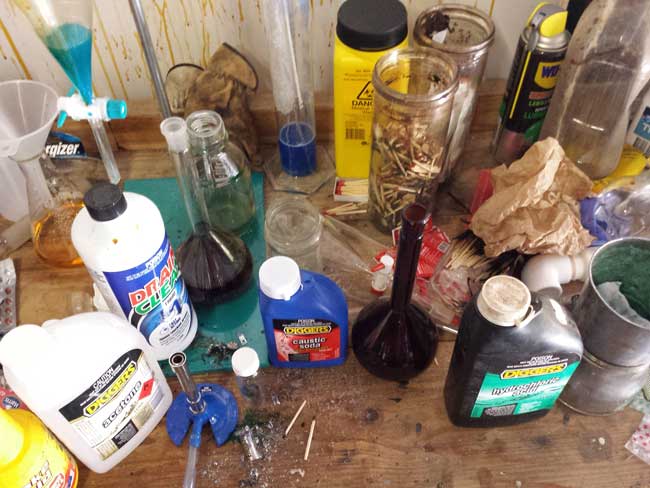The manufacturing of methamphetamine involves the usage of numerous toxic chemicals, a lot of which are hazardous to human well being and might pose serious risks to these exposed. The particular chemical compounds used can range based mostly on the manufacturing method, but widespread elements embrace:
Ephedrine or Pseudoephedrine: These are precursor chemical compounds generally found in over-the-counter cold medicines. They are used as the place to begin for methamphetamine synthesis.
Red Phosphorus: A extremely flammable and poisonous substance, pink phosphorus is commonly used within the manufacturing course of to transform ephedrine or pseudoephedrine into methamphetamine.
Anhydrous Ammonia: This is a concentrated form of ammonia that's commonly utilized in agriculture. It is highly caustic and poses well being dangers, particularly if inhaled or in touch with the skin.
Lithium: Often obtained from lithium batteries, this metal is used in the synthesis process and can be reactive and harmful.
Hydrochloric Acid: A corrosive and highly acidic substance used within the manufacturing course of to convert precursor chemical compounds into methamphetamine.
Sodium Hydroxide (Lye): A robust base used to adjust the pH in the course of the synthesis process.
Great post to read : A extremely flammable solvent used within the production course of for extraction and purification.
Toluene: A solvent with potential health hazards, including respiratory and neurological results, generally utilized in meth synthesis.
Sulfuric Acid: A extremely corrosive and powerful acid used within the production process.
Iodine: Used in certain synthesis strategies to supply methamphetamine.

Methylamine: A precursor chemical utilized in some methods of methamphetamine synthesis.
It's necessary to note that the chemical substances listed above are only a choice, and the precise combination and quantities can vary relying on the particular synthesis methodology employed. The manufacturing of methamphetamine is illegal, and the utilization of these chemical substances poses important risks to the environment and public health. The residues left behind after meth production can contaminate surfaces, posing long-term health risks to those that come into contact with them. This is why the cleanup of former meth labs requires specialized knowledge and professional experience..
